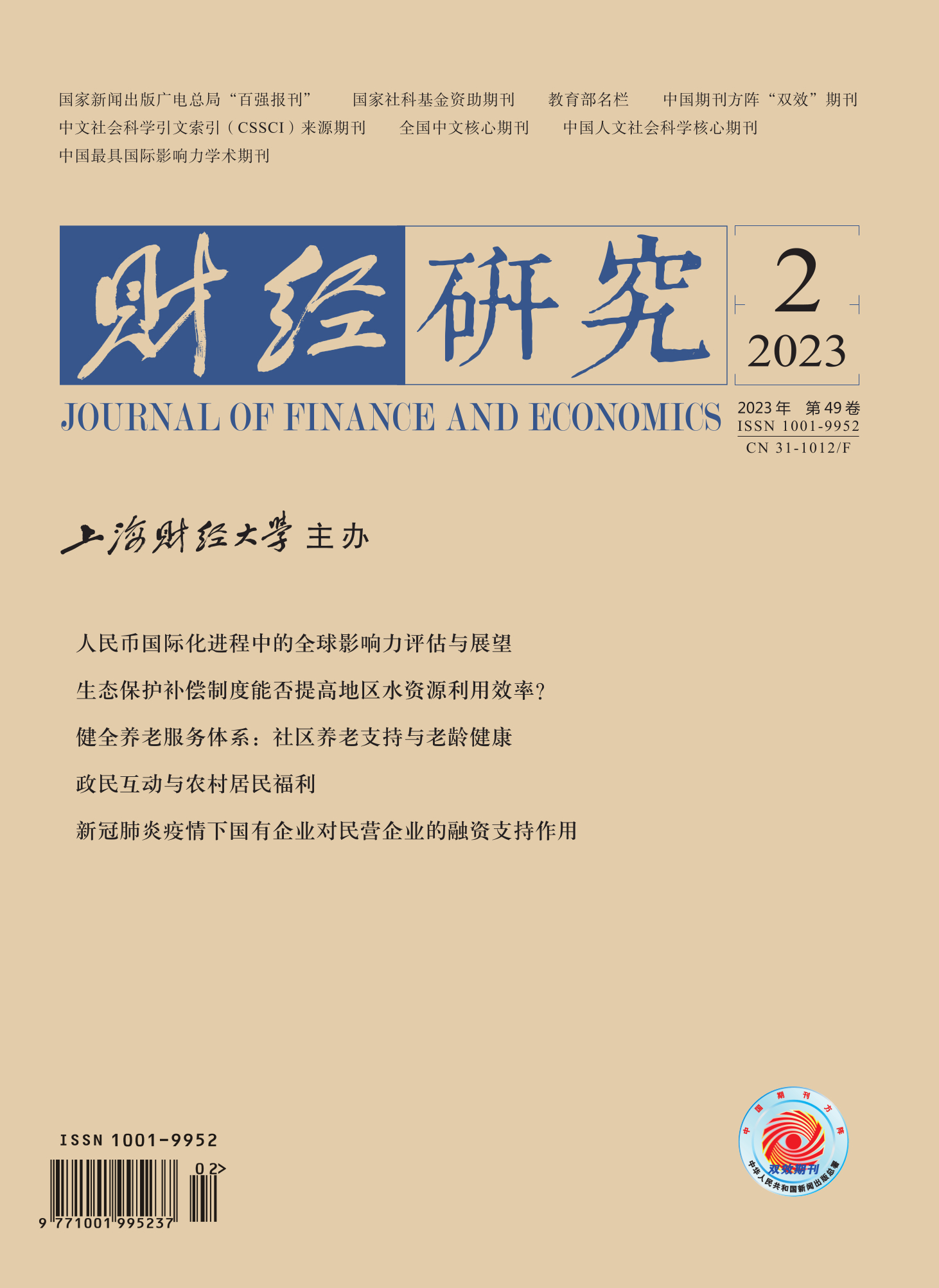Educational equity is an important part of social equity, and the strategic priority of “quality educational equity” is of great significance for realizing education modernization and stepping into education power. It is well worth discussing inequality of opportunity (IO) in education, which can help to shed light on the sources and mechanisms of IO in other fields, and provide empirical evidence for improving human capital inequality, promoting the development of disadvantaged children, and mitigating inter-generational transmission. Based on the Chinese Household Income Project Survey from 2002 to 2018, this paper measures the coefficients and trends of IO in the quantity and quality of China’s education, decomposes the contribution of various circumstances to IO in education by using Shapley decomposition, and explores the role of efforts in IO in education. This paper aims to enrich and expand the prior literature through empirical studies and provide further evidence for policy implications.
The main conclusions of this paper are as follows: First, inequality in education has decreased over the past two decades. IO in education also showed a decline in 2018. Second, the decomposition results show that the main source of IO in education consists of hukou and fathers’ years of education. Over time, hukou accounts for less IO in education, while fathers’ years of education accounts for more. Third, family background also contributes more to IO in key university education in terms of educational quality. Fourth, after overcoming the endogeneity problem by using the instrumental variable method and the heteroscedasticity instrumental variable method, the results still show that the contribution of hukou to IO in education gradually decreases, while the contribution of fathers’ years of education gradually increases. Fifth, there is evidence that the contribution of efforts in 2018 was higher. That is, it is increasingly possible to mitigate IO in education through efforts. However, efforts have yet to make a significant difference in quality educational attainment.
This paper comprehensively describes the trends and causes of IO in China’s education, which provides empirical evidence for promoting educational equity and improving educational quality in future education reforms. There are some policy implications: First, continuing to break the dual structure of urban and rural areas could be an effective way to reduce the IO in education. Second, the inter-generational transmission of disadvantaged status can be mitigated through family education, so as to prevent disadvantaged children from being trapped in persistently low ability. Third, the government should devote more efforts to increasing the investment in education resources and provide more public education resources for disadvantaged children.





 5981
5981  13362
13362

